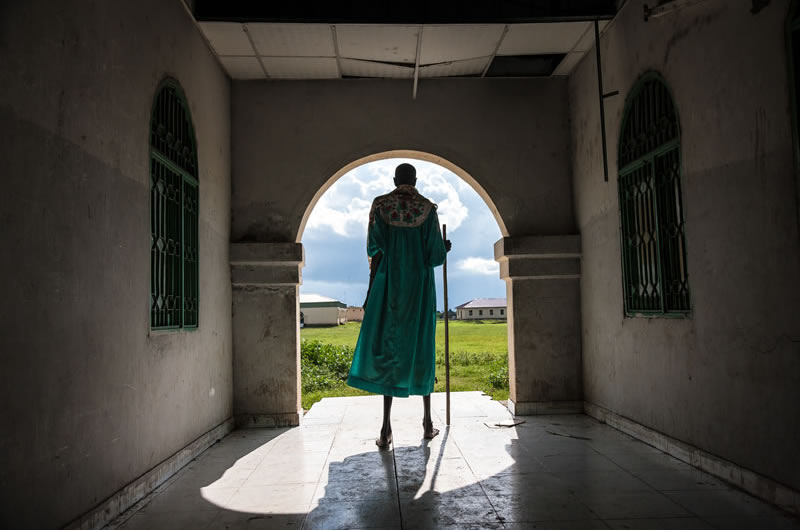Will we be able to cope with the emergence of non-communicable eye diseases?

The non-communicable eye diseases (NCEDs), which include diabetic retinopathy, glaucoma and age-related macular degeneration, have emerged over the last two decades as significant threats to people’s vision.
In many high-income countries, progress has been made in the provision of services for the prevention, early detection and management of NCEDs. Most low-income countries, and some middle-income countries, however, are not able to provide adequate services to prevent and manage these diseases.
What is the way forward? The WHO Universal eye health: A global Action Plan for 2014–2019, as endorsed by the World Health Assembly in 2013, now serves as a road map for the development of comprehensive eye care services integrated into national health systems. Attainment of universal access to eye health will not be possible without adequate attention to the development of eye care services addressing NCEDs.
Read the full article: “Non-communicable eye diseases: facing the future”

